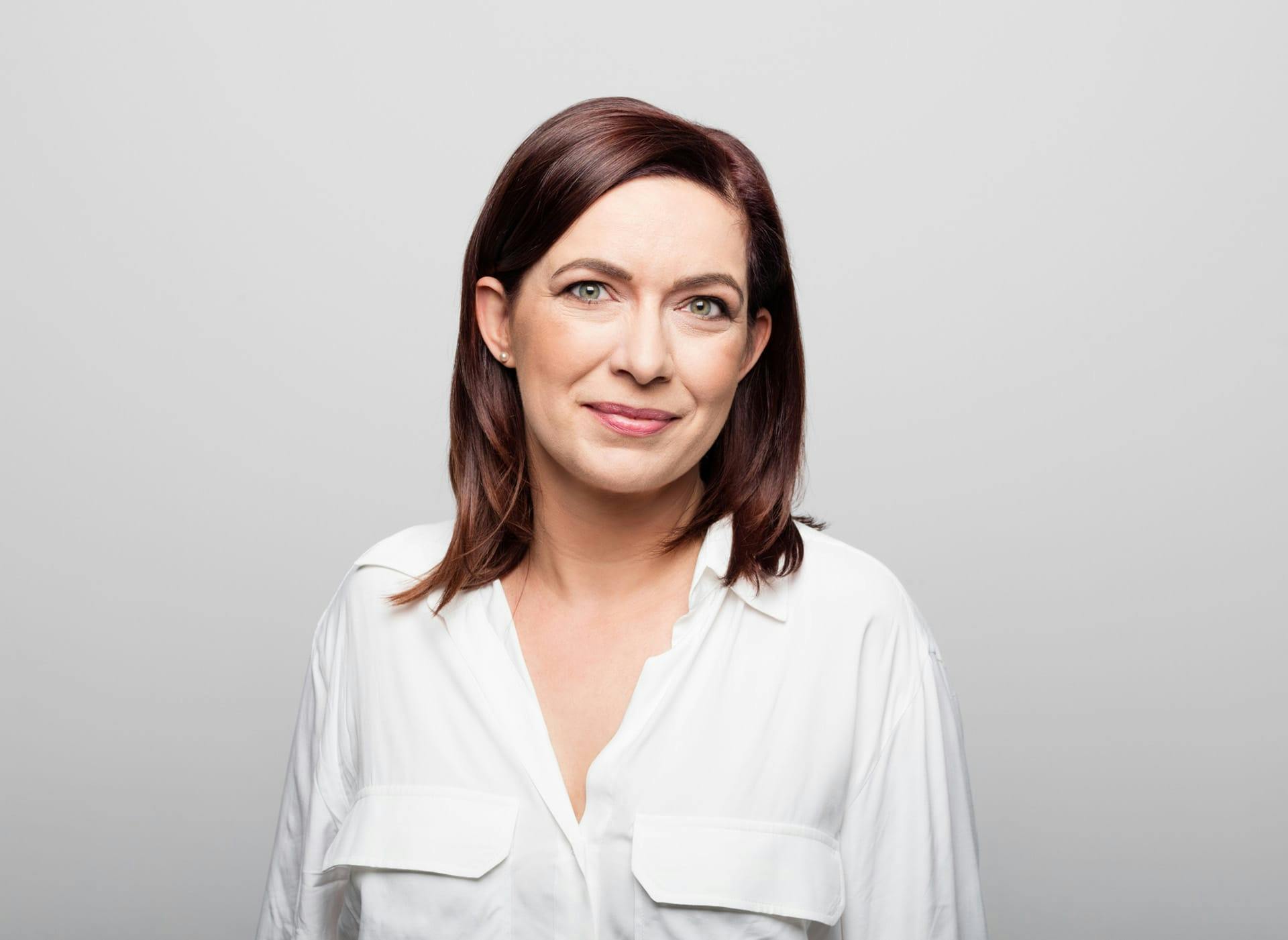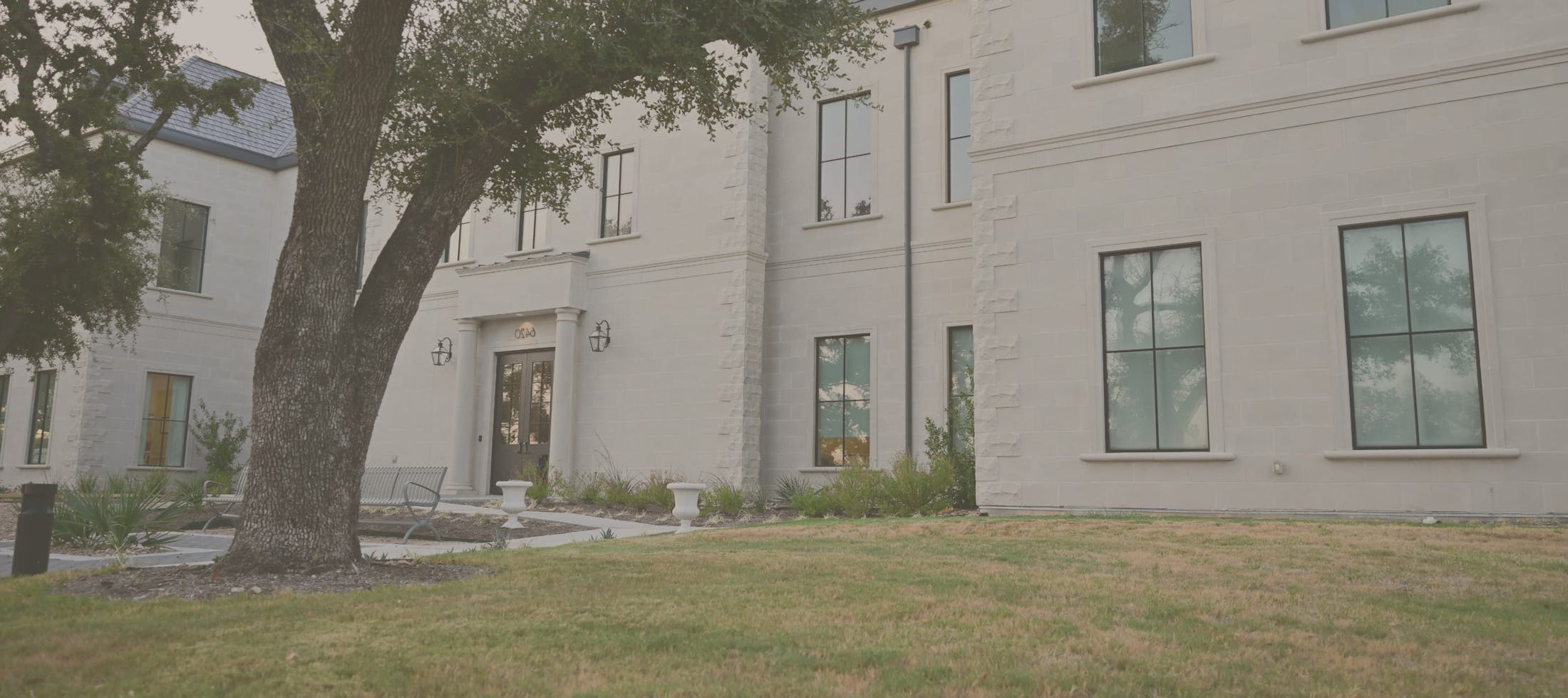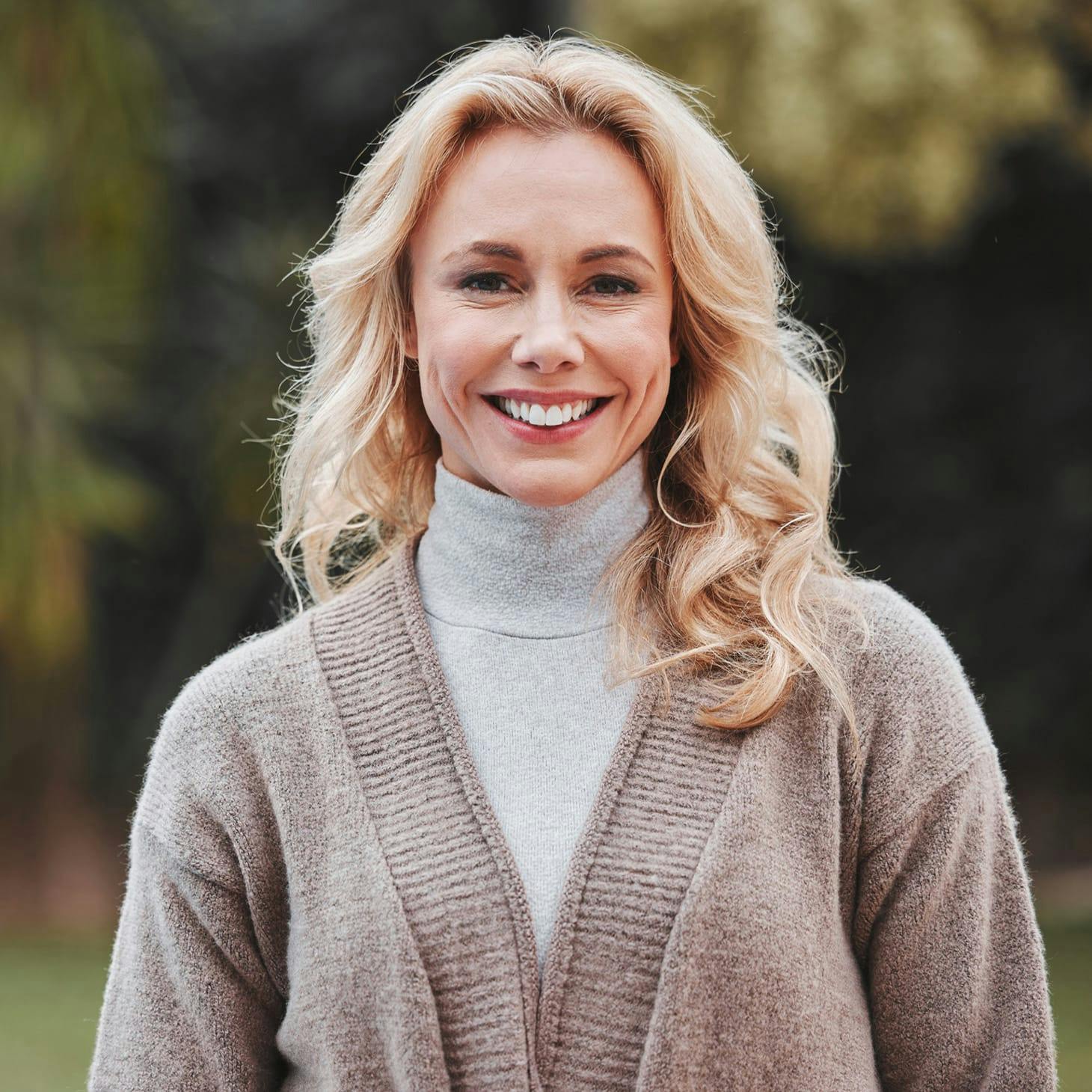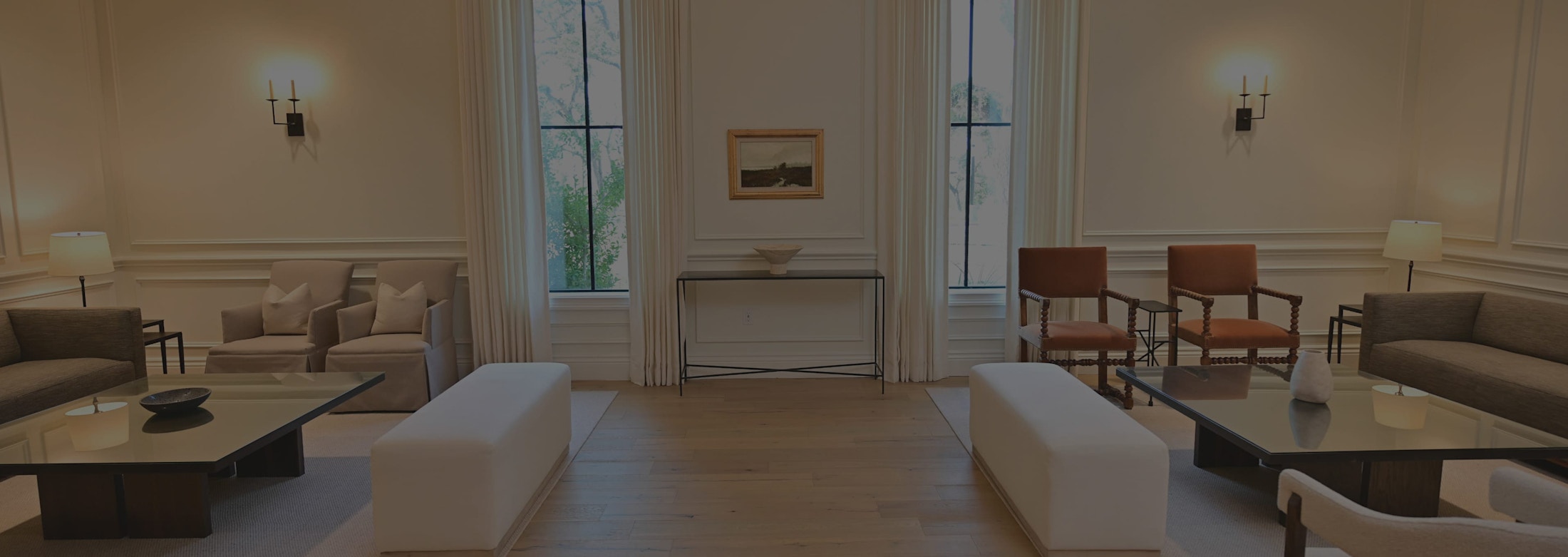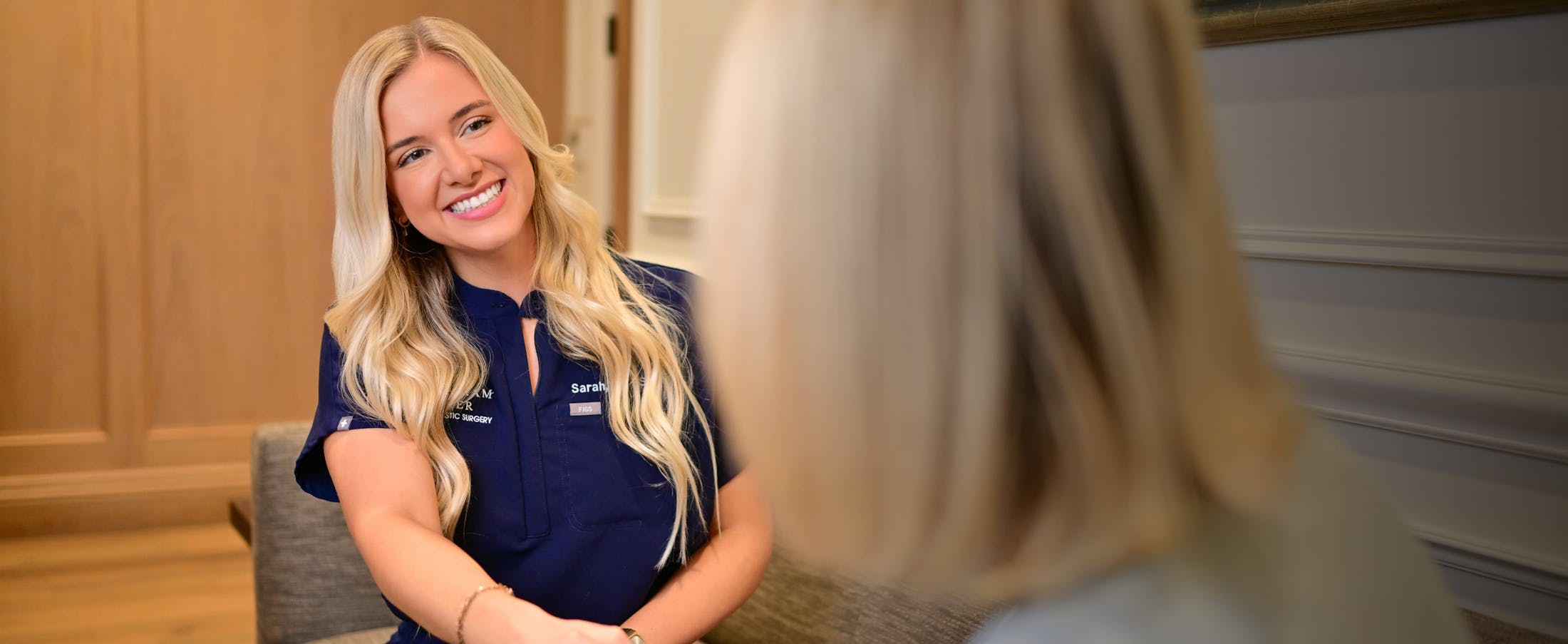The Buckingham Center for Facial Plastic Surgery in Austin, Texas, proudly offers selective neurolysis for patients in Austin, TX and the surrounding areas.
Selective Neurolysis Surgery Benefits
- Enhances the smile and facial symmetry
- Reduces muscle tightness, thereby improving comfort and natural movement
- Improves muscle coordination for those experiencing synkinesis
If you are interested in exploring the possibilities of selective neurolysis surgery and discovering if you are a suitable candidate, we encourage you to contact the Buckingham Center in Austin, Texas. Our skilled surgeons are here to provide a thorough evaluation and discuss your treatment options.

